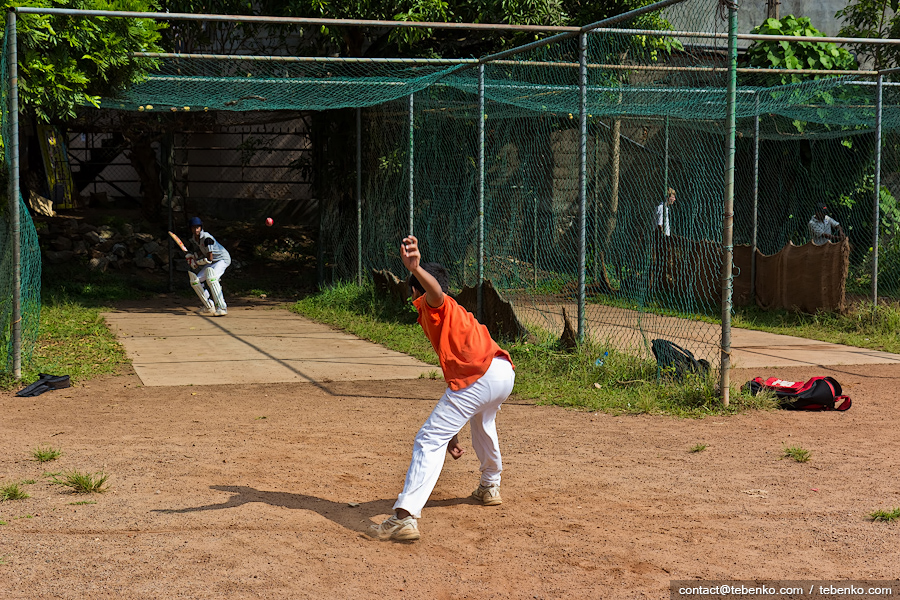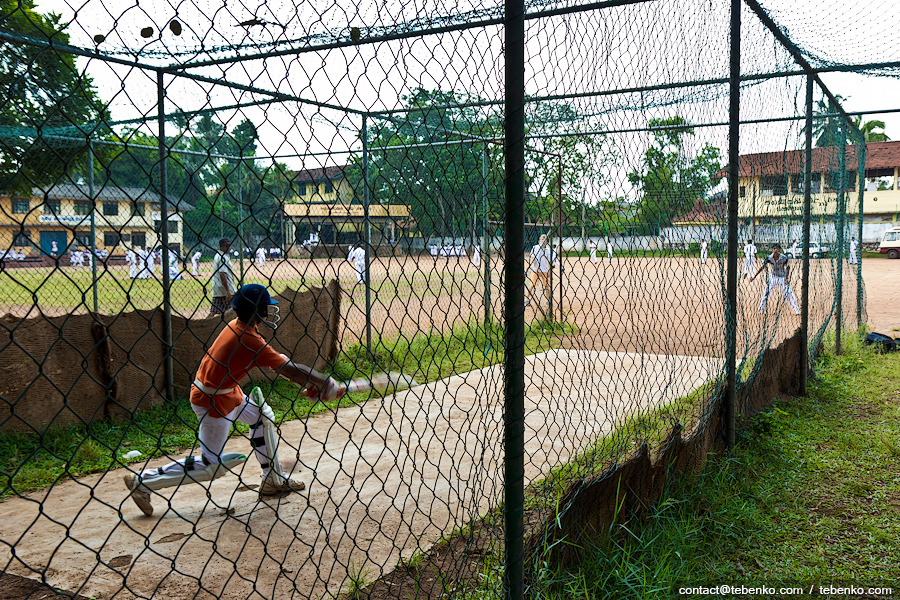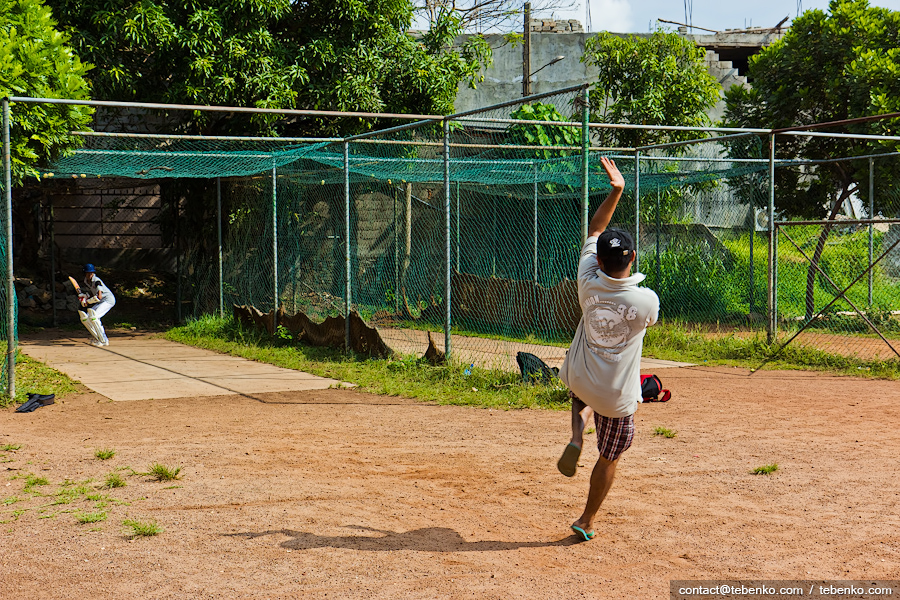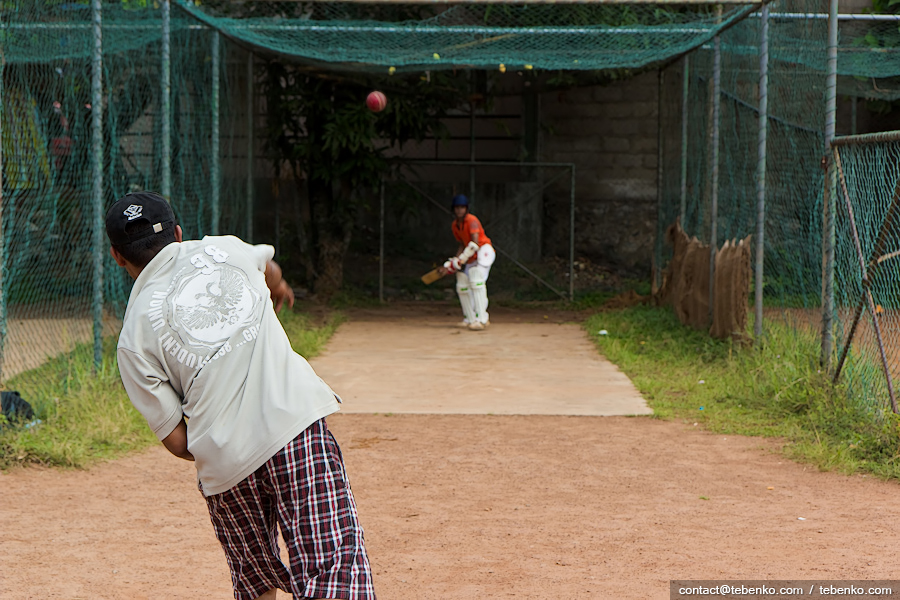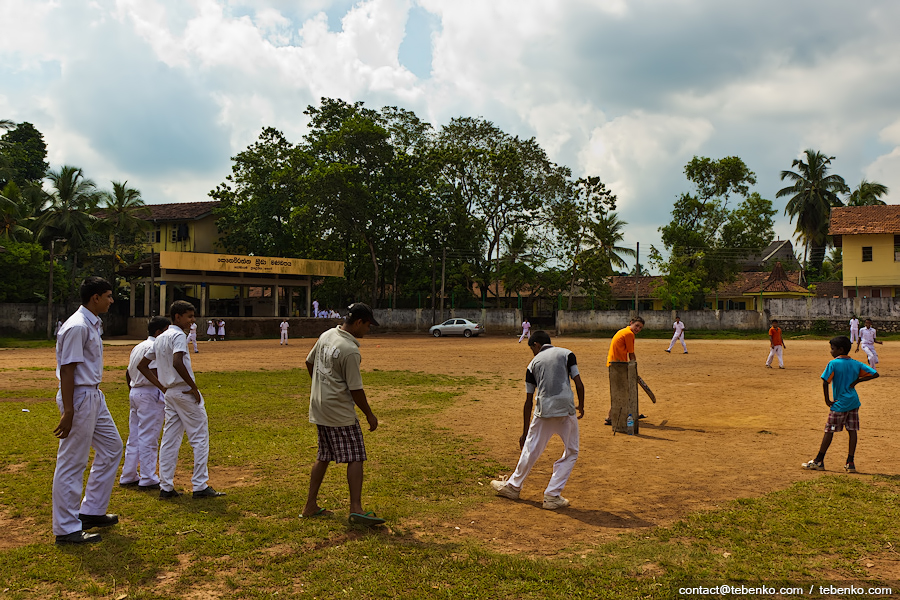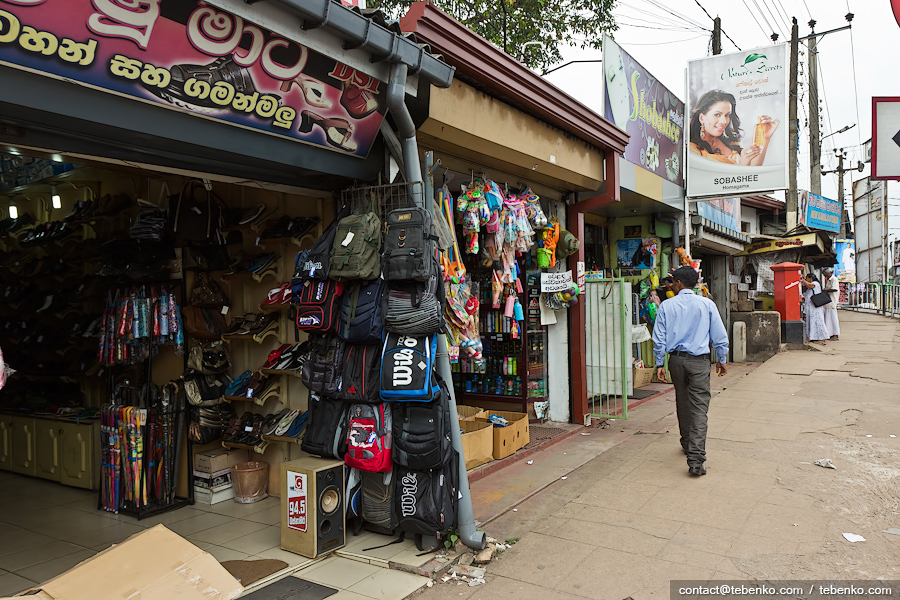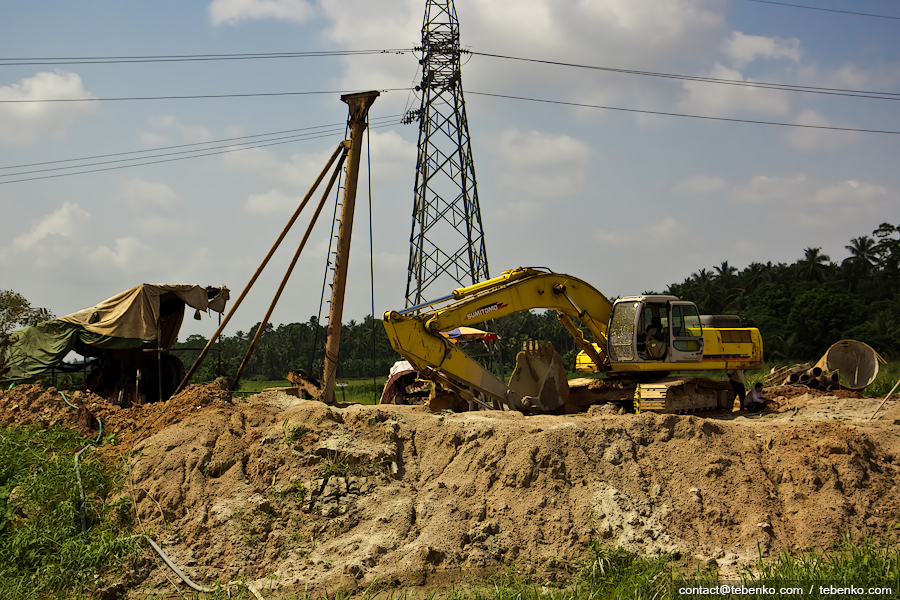Sit for a visa extension , we happened to be in the small town of N, near Colombo. And here we meet with cricket — a bit boring, but popular in former British colonies, playing ball. Said "accidentally", we mean way, very typical for Sri Lanka. While in Colombo, in broad daylight we just decided to ask the passer number we need the bus, but "just" something not grown together — after a few minutes of conversation, he invited me to a glass of tea. It turned out that this lankiyets does not live in the capital and its suburbs, which is twenty minutes bus ride. Such obstacles have not stopped once.
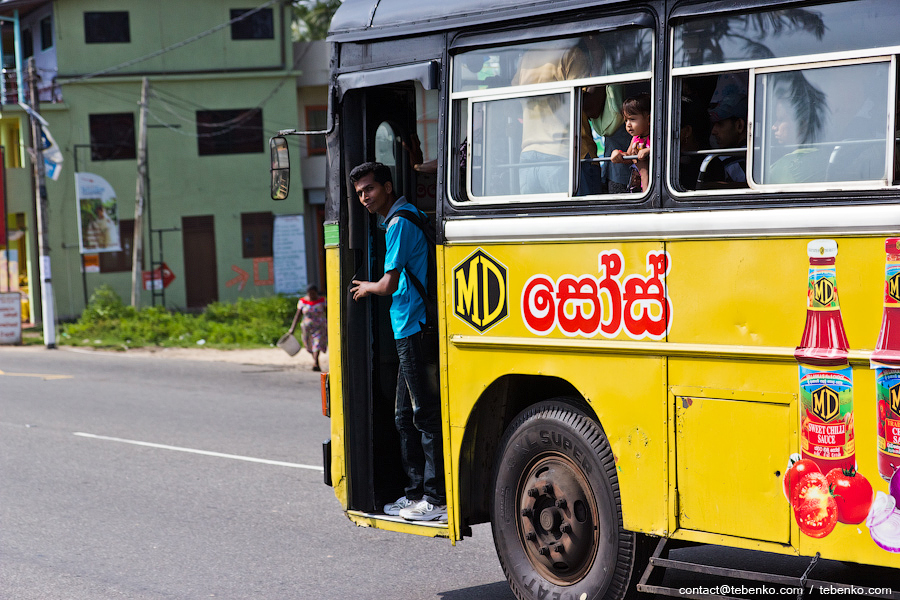 1
1Reaching the place and drank several cups of tea, quite naturally our new friend offered to play cricket. The main thing is not to bottle — thought we agreed. During the meeting it appeared that he did not have the ball, but found some equipment. And we have got the ball at the nearest market.
Incidentally, here, as in India , are fairly well-read people. Reading in Sri Lanka can be put to the elite, or even elite entertainment, especially if we take into account the cost of books.
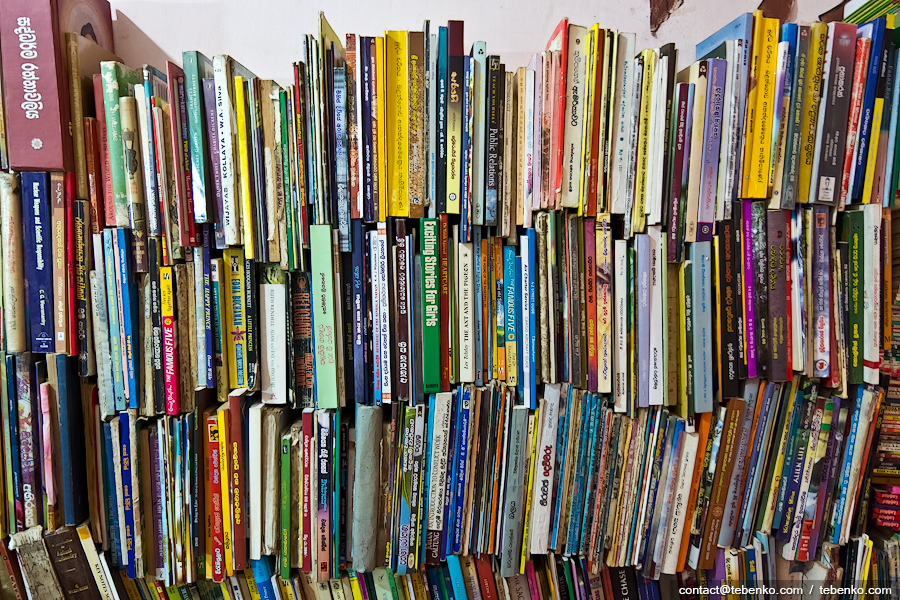 2
2For example, here this opus about the royal wedding, the certification owner, was worth as much as 100 US dollars — the average monthly salary Lankans. Thus, a small bookcase was the most expensive thing in the whole house, very aristocratic.
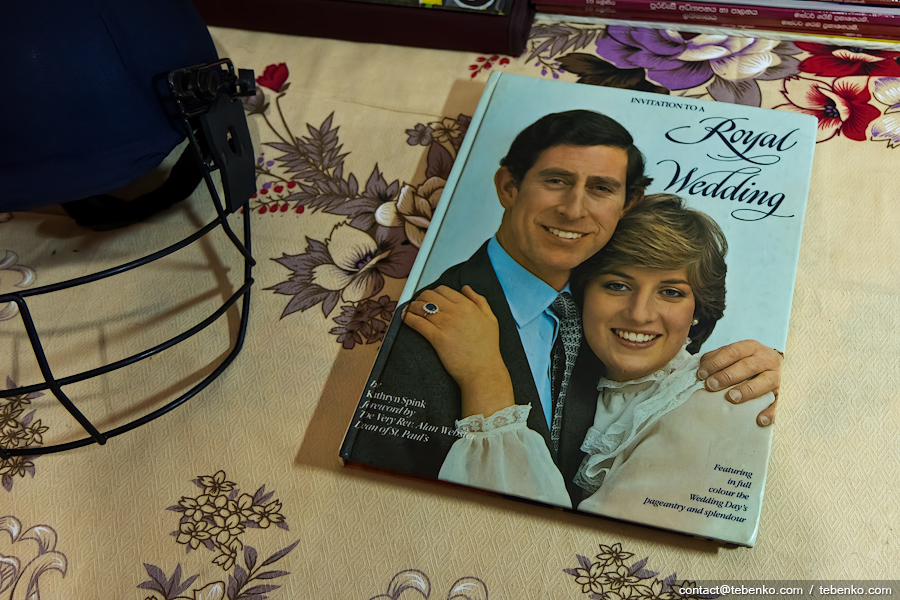 3
3At our school sites are usually located gates, Basketball shields and dug around the perimeter of the tire. Here life is concentrated around training cell. Beginners use tennis balls:
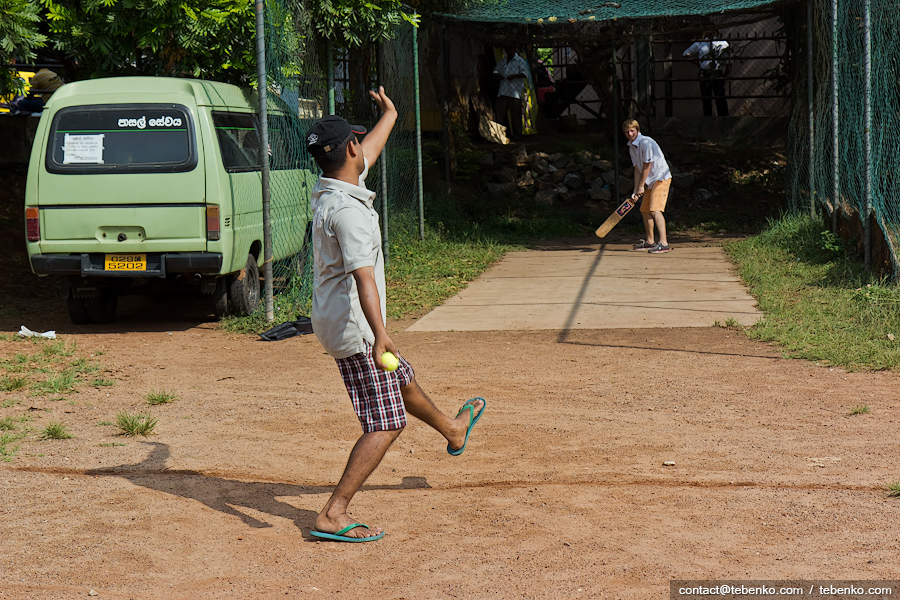 5
5More advanced players are wearing protective equipment and play a special ball for cricket, which can even cripple, with sufficient accuracy:
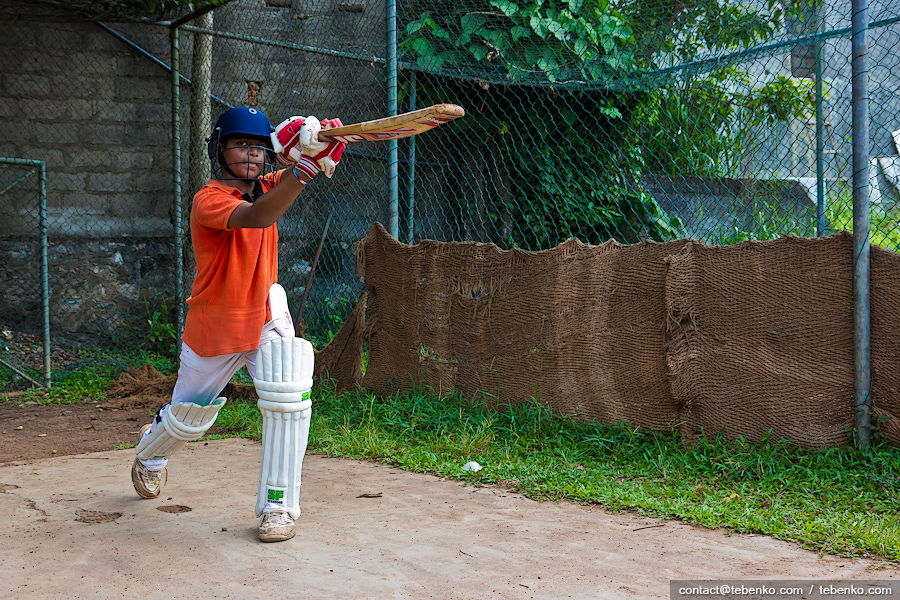 6
6As we arrived at the school field, this process did not take much time. Very quickly, with high school students who ran the big break we manned two teams.
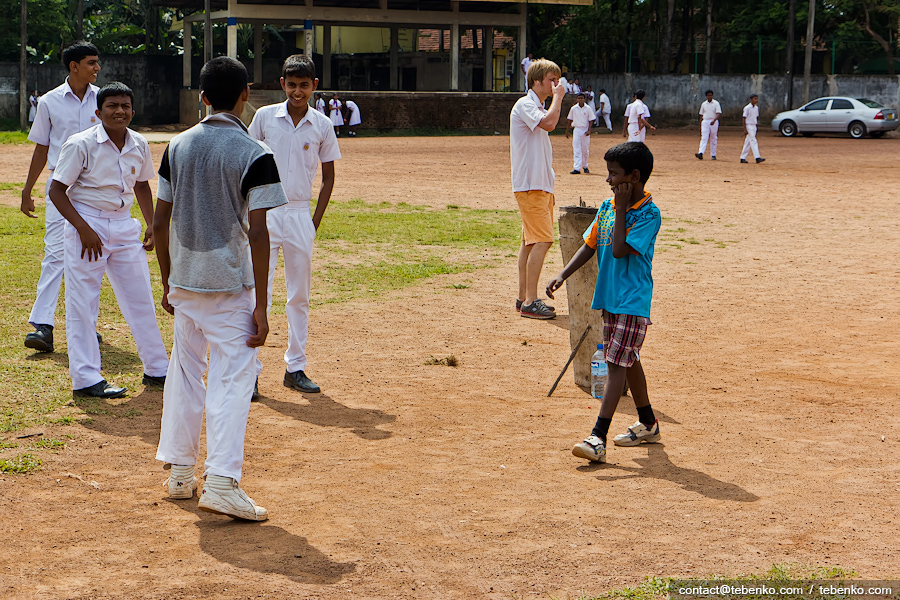 12
12It has remained learn some rules. The universal principle of any ball game "Beat-run" was appropriate here. We will not go into details — studied the rules of cricket seemed to us even more boring. So the game takes place between two teams, each to 11 players. For field use oval area in the center of which is a narrow strip length of about 20 meters, its edges are 3 columns (in our case — pieces of plywood), called wickets. Goal of the game — to earn more points (runs) than the opposing team. One team throws the ball and the other it reflects.
 14
14At each gate stood a man-bit (batsman) — member of the team that beats. At one of the gates is another player teams (bowler) who throws the ball toward the other wicket.
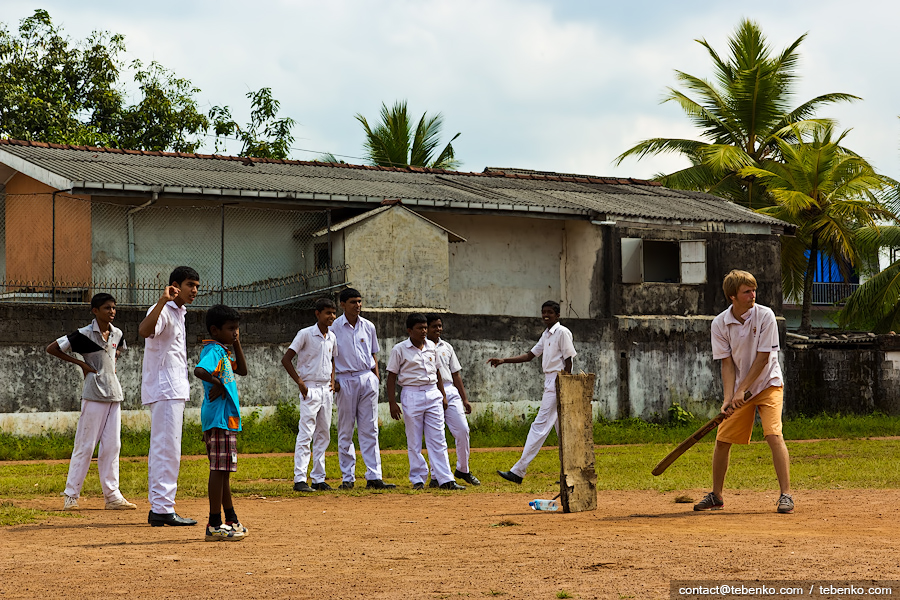 15
15If man-bit reflective ball, he can run towards another gate, the second reflector has to run to meet him, their task maximum — swapped, then jog for this team gets 1 point, more than jogging — more points. At this time, team-feeder doing its utmost to return the ball to the fence.
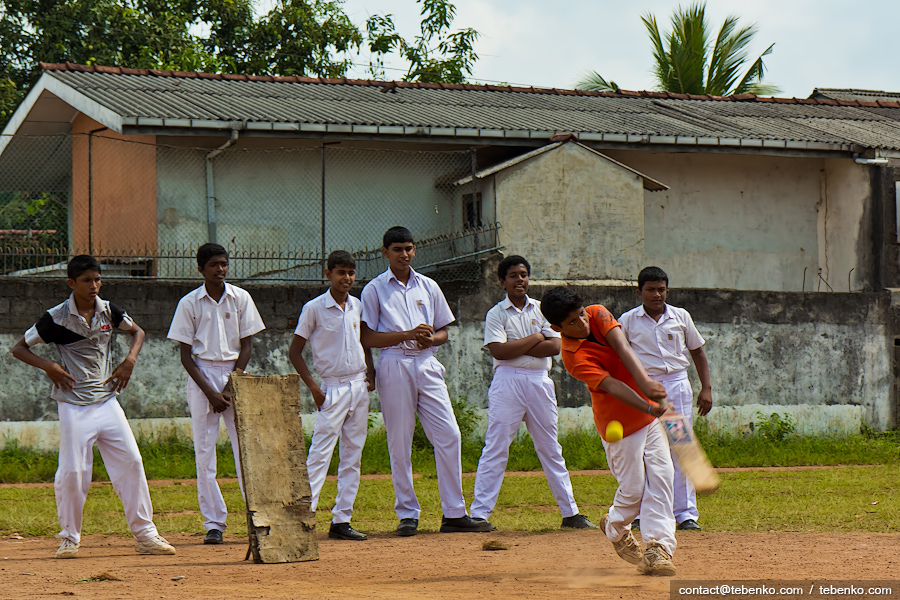 16
16If this happens, the player who reflects, is on the road between the wickets, he takes off. Man bits also eliminated if unable to protect the gate from getting shot or if his shot caught when he has not touched the ground.
If knocked out 10 players reflecting the team, it is considered the end of the inning and the teams change places. The duration of the match (in cricket is called "test", but is actually a test of patience) depends on the amount inning, but you yourself can guess, if we say that the second inning teams allocated to 5 days.
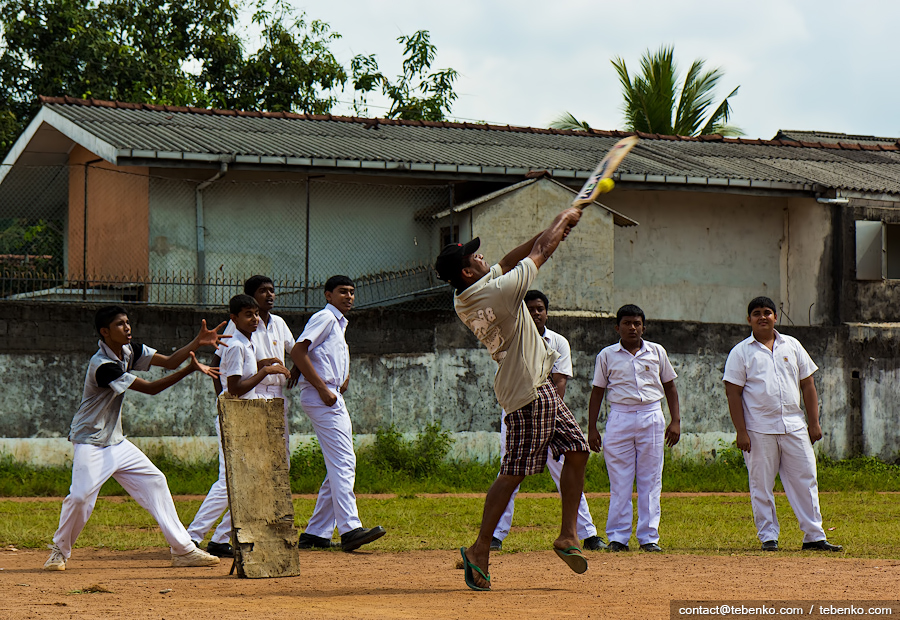 17
17By the way, most Sri Lankans cricket are also very boring game, but still look ill and in the absence of alternatives. Football on the island somehow not caught and football gate we saw only once.
After playing a bit of cricket and almost realizing what a winning team, we headed back to Hikkaduwa. On the way to the bus station briefly toured the city, whose name has not remembered. It's okay, because nothing interesting here, we have not seen.
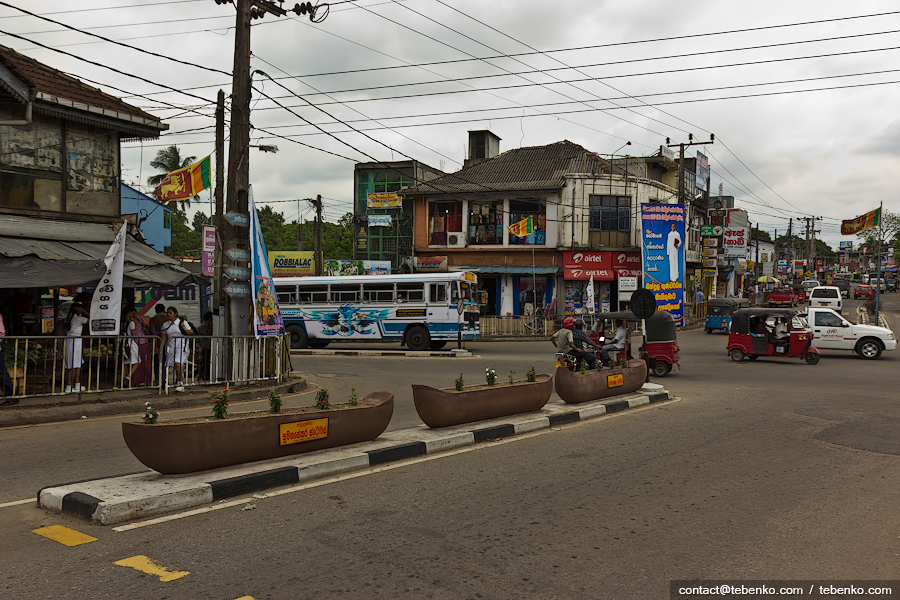 18
18It turns out that Sri Lanka is paid highways and one of them just coincided with the correct route to us from Colombo to Galle, well, from Galle to our house — cap throw. Autobahn runs parallel to the old road, but not through the village, so the average speed is considerably higher, but there is a caveat. When people talk Colombo-Galle highway, in reality talking about highway between the cities that are near Colombo and Galle. Highway begins in Kottava (Kottawa), which is a 20-minute drive from Colombo, and because of the traffic these 20 minutes can easily turn in 60. Then you drive about an hour to the place where the highway ends, and then another 20 minutes pletetesya to Galle. So use the motorway if you is really beneficial because of the financial terms of such a trip will cost twice as expensive as conventional route.
Here's a little excitement was at a stop public bus, and 50 meters from him bored lonely private owner.
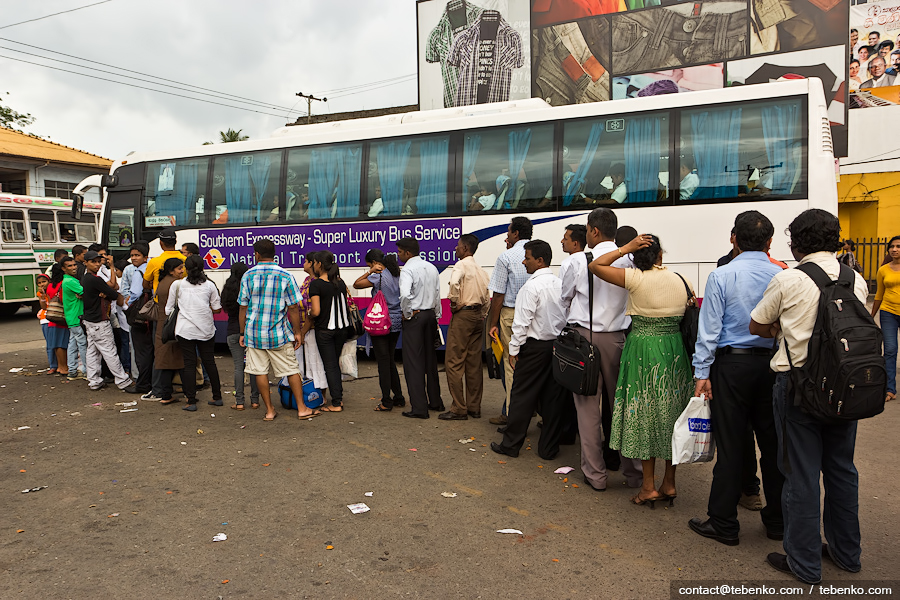 20
20Two-band Autobahn, built by the Chinese, who, according to the contract for 10 years will receive profit from it. After this highway will pass into the ownership of the country, but the condition is unknown, the Chinese quality — piece unpredictable.
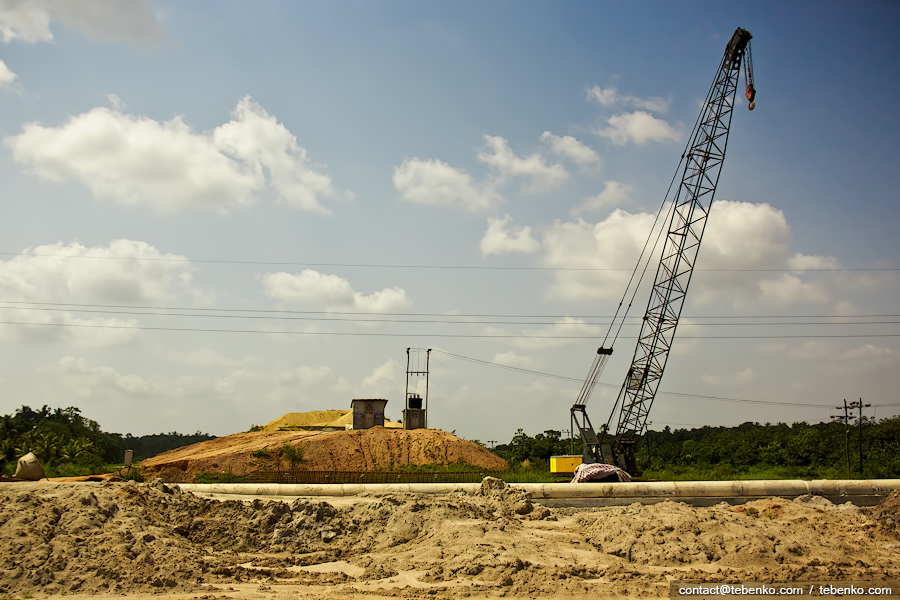 21
21In the near future we plan to connect the motorway Colombo airport and the city Mathare — a direct route across half the island.


